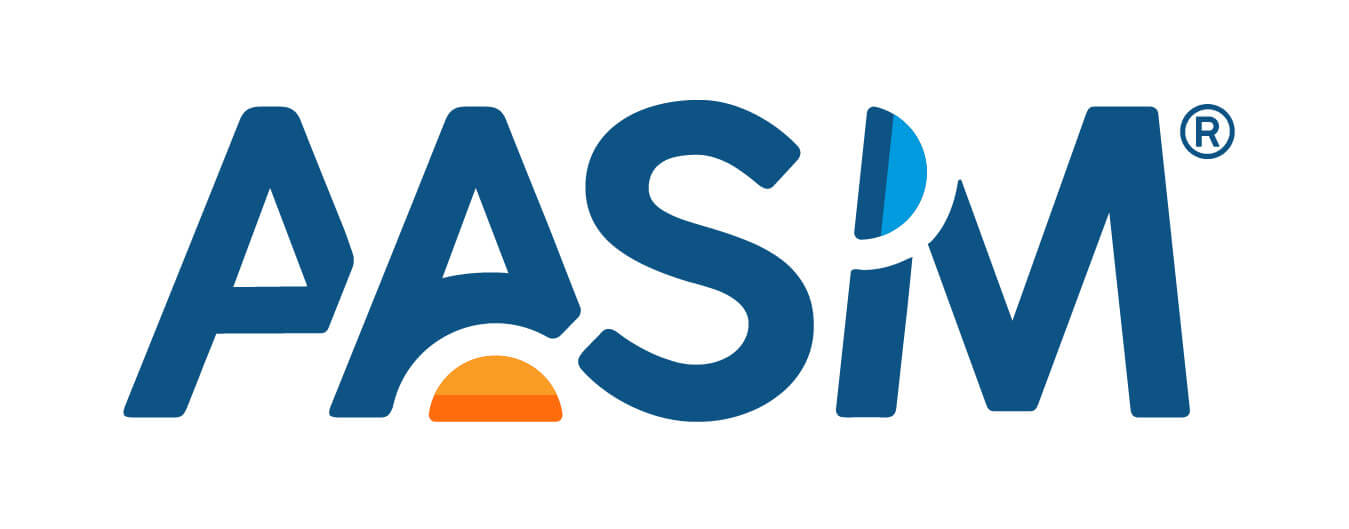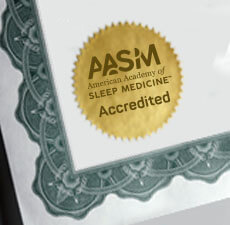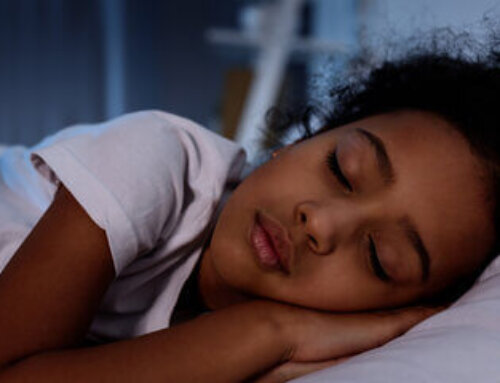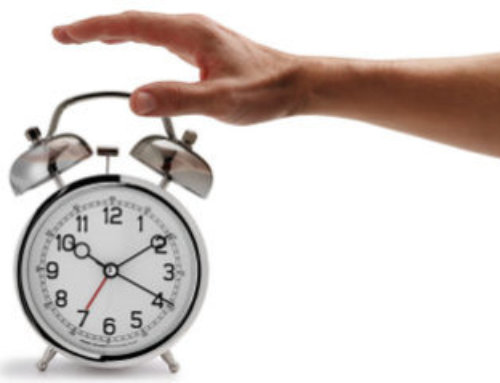DARIEN, IL – A review of the scientific literature by a workgroup composed of representatives from the American Academy of Sleep Medicine, Centers for Disease Control and Prevention, Sleep Research Society, and American Academy of Dental Sleep Medicine found that later high school start times are associated with positive outcomes among teens, including longer weekday sleep durations and reduced vehicular accident rates.
Results of a systematic review and meta-analysis of 18 peer-reviewed studies published prior to April 2016 show that sleep durations on school nights increased by an average of about 19 minutes when school started up to 60 minutes later, and total sleep time on school nights was about 53 minutes longer when the delayed school start time was more than 60 minutes later. Delayed high school start times also were associated with reduced motor vehicle accident rates, less subjective daytime sleepiness, and lower differences between sleep durations on school and weekend nights.
“Our review intended to bring some rigor to evaluating how later school start times affect various aspects of high school student health and performance,” stated lead author Timothy I. Morgenthaler, MD, past president of the American Academy of Sleep Medicine and professor of medicine at Mayo Clinic in Rochester, Minnesota. “Many people believe that school start times are one of the big reasons students do not get enough sleep; a CDC study found that 85.6 percent of U.S. high schools started before 8:30 a.m., which is the earliest time recommended by the American Academy of Pediatrics. Because of this, there is a push to move school start times later.”
The review is published in the Dec. 15 issue of the Journal of Clinical Sleep Medicine.
To promote optimal health, the American Academy of Sleep Medicine recommends that adolescents between the ages of 13 and 18 years should sleep 8 to 10 hours per 24 hours on a regular basis. However, CDC data show that about 69 percent of high school students sleep less than 8 hours on an average school night. According to the American Academy of Sleep Medicine, a natural shift in the timing of the body’s internal “circadian” clock occurs during puberty, causing most teens to have a biological preference for a late-night bedtime, which can conflict with early school start times.
“Our nation’s future is literally dependent upon the physical, mental, and educational excellence of our high school students,” said Morgenthaler. “The most recent national surveys show that less than one third of high school students get enough sleep as recommended by the leading national authorities. This is of concern since inadequate sleep has been linked to worsened mental health, decreased ability to learn, increased obesity rates, increased motor vehicle accidents, and even increased substance abuse.”
Eighteen studies fit the inclusion criteria for the systematic review, including 10 that were cross-sectional, seven that were prospective, and one that was a retrospective historical cohort study. Eight of the studies were amenable to meta-analysis for some outcomes. Most of the studies evaluated public school populations, with the exception of two studies that involved students in a boarding school.
Although the review found somewhat mixed support for the assertion that delaying school start times improved grades or standardized test scores, it did find that later school start times may be associated with a decrease in tardiness or truancy. Delayed school start times also may be associated with better behavioral health.
According to the authors, more longitudinal studies are needed to allow for a better examination of the effects of delayed school start times.
The review was performed as part of the National Healthy Sleep Awareness Project, which is funded by the CDC through a cooperative agreement with the American Academy of Sleep Medicine. The project involves collaboration with the Sleep Research Society and other partners to address the sleep health focus area of Healthy People 2020, which provides science-based, 10-year national objectives for improving the health of all Americans.
For more information about sleep and teens, visit the “Sleep Recharges You” campaign page at www.projecthealthysleep.org.
The study was supported by the American Academy of Sleep Medicine, Sleep Research Society, and by cooperative agreement 1U50DP004930-01 from the Centers for Disease Control and Prevention (CDC).
To request a copy of the study, “High School Start Times and the Impact on the High Schooler: What We Know and What We Don’t,” or to arrange an interview with the study author or an AASM spokesperson, please contact Senior Communications Coordinator Amy Pyle at 630-737-9700, ext. 9366, or apyle@aasm.org.
The monthly, peer-reviewed Journal of Clinical Sleep Medicine is the official publication of the American Academy of Sleep Medicine, a professional membership society that improves sleep health and promotes high quality, patient-centered care through advocacy, education, strategic research, and practice standards. The AASM encourages patients to talk to their doctor about sleep problems and visit www.sleepeducation.org for more information about sleep, including a searchable directory of AASM-accredited sleep centers.








